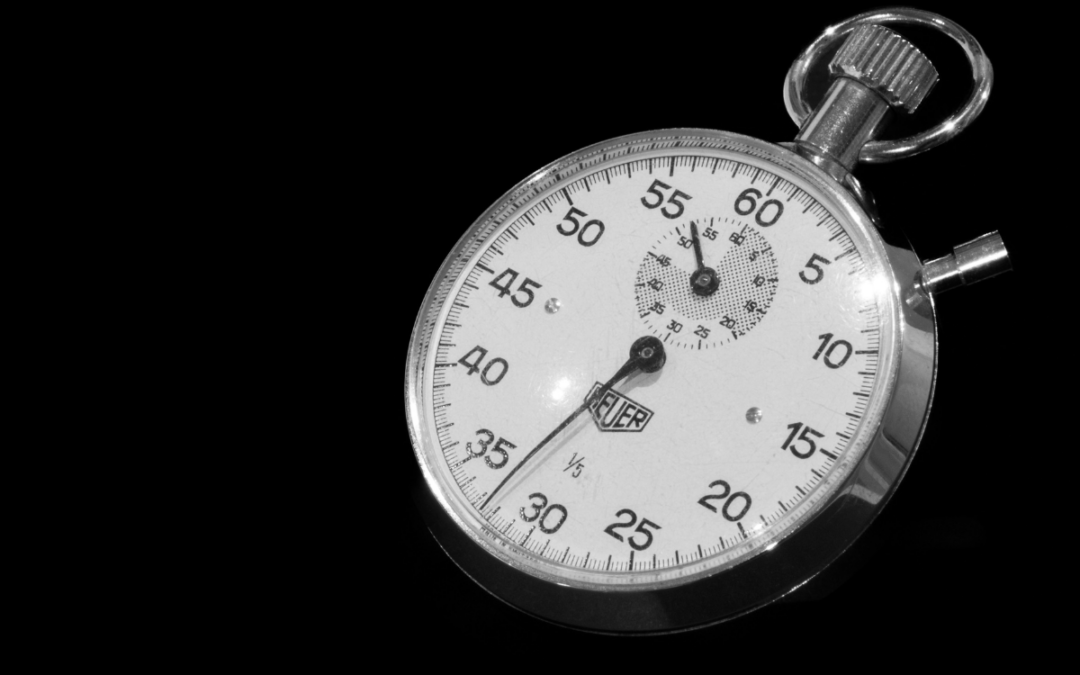In my last post, on why startups fail, I covered the pitfall of limited market appeal. But, there are several other factors that may contribute to a company’s failure. With high-tech startups, even the most promising ventures may not thrive or reach sustainability due to uncertainties such as economic conditions, future demand, or even a lack of infrastructure. When existing infrastructure or other necessary advancements aren’t aligned in a way that makes a product or service economically viable, startups can run out of money.
Below, I’ll give some examples of these types of failures and list the key takeaways needed to avoid them.
An Example of a Startup That Failed Due to Economic Uncertainty
My investment in FRS Inc. is a good example of how the shifting sands of economics can be a reason why startups fail. When FRS began operations in the early 1980s, the cost per megabyte for computer disk drive storage was about $193, so a 5 MB disc drive might cost close to $1000. If the disc drive failed, it was economically feasible to refurbish it and resell it, which was the FRS business model.
But as venture capitalists (including myself) funded more and more new disc drive companies with advanced technologies, the cost per megabyte dropped at an overall rate of over 50% per year from 1980 to 1990. By 1990, the cost per megabyte was $2.50, which meant that a 5 MB drive, theoretically, would cost $10. At these prices, it was much more cost-effective for companies to simply buy a new device, rather than repair one that had failed. FRS’s model worked fairly well for a few years in the early 1980s, but by about 1985, the changing economics took its toll, and ultimately the company became an example of why startups fail.
More Examples of How and Why Startups Fail Due to These Pitfalls
Sometimes, despite having a revolutionary idea, a reason why startups fail is due to the lack of adequate supporting infrastructure. The needed infrastructure that could make their product economically feasible isn’t yet widely available. So this could be considered a timing issue. However, in the case of Fisker, the necessary infrastructure or demand may have been available, but it was also available for their competition. You’ll notice a common theme with the companies listed below is that they were all in the electric vehicles, or clean energy market.
Again, parts of these summaries were compiled with the assistance of Generative AI.
1. Fisker Automotive: An Example of Why Startups Fail Due to Market Dynamics
Fisker Automotive aimed to revolutionize the electric vehicle (EV) market with its innovative designs. However, the company faced declining EV sales and increasing competition, leading to financial instability. Despite efforts to secure additional financing or a potential buyout, Fisker filed for Chapter 11 bankruptcy protection in May 2024.
2. Canoo: A Recent EV Startup Failure Brought on by Lack of Adequate Funding
Canoo, an electric vehicle startup, envisioned transforming urban mobility with its microbus-inspired cargo vans. Despite initial enthusiasm, the company struggled with rapid cash depletion and difficulties in securing additional funding due to uncertain demand. These challenges culminated in Canoo filing for Chapter 7 bankruptcy and ceasing operations in January 2025.
3. Clean-Fuel Startups: Policy Shifts, Economic Pressures, and Supply Issues
Several clean-fuel startups, aiming to provide sustainable alternatives in industries like aviation and shipping, faced significant setbacks due to policy uncertainties and economic pressures. Despite substantial investments, companies developing jet fuel from waste and hydrogen-powered planes struggled with high costs and supply issues, leading to multiple bankruptcies.
Why Startups Fail Because of Timing: Moore’s Law
As with the companies listed above, economic uncertainties contributed to the failure of the ones listed below as well. But another contributing factor in these cases was timing. Despite having early solutions to significant problems, the technological advancements needed to support them at the time were not cost-effective. In other words, the supporting infrastructure available wasn’t where it needed to be to make them sustainable. These, or other companies with the same goals, went on to be successful years later.
4. Speech Systems-Insufficient Computer Power Meant It Was Not Economically Feasible
Speech Systems, Inc. was one of the pioneers of voice-to-text speech recognition technology. In the early 1980s, it developed a sophisticated system for translating voice to text. Other companies in that space included Kurzweil Medical Dictation Systems, and Dragon Systems, which was started by two of my Carnegie Mellon classmates, Jim and Janet Baker.
Given the computer power available at that time, the technology was marginally useful. Speech Systems felt that it could compete effectively with Kurzweil because, in the medical arena, the vocabulary is not as rich as in general usage.
Sometimes, It’s Better to Wait it Out
I led a $5 million investment for the company, a portion of which was covered by a new investor who insisted that the company push into the medical dictation marketplace. The marketing costs were high and the product was not sufficiently effective, so the company ran out of cash.
In the meantime, Dragon Systems laid low, continued to improve its technology, and ended up being one of the first systems to be used in cell phones. A portion of their success was certainly due to improvements in voice recognition technology, but I believe most of it was due to increases in computer power predicted by Moore’s Law, which projects a doubling of computer power approximately every two years.
This means that from 1985 to 1995, the power of a computer would have increased by a multiplier of about 32, at no additional cost. Had Speech Systems delayed its market entry and taken advantage of that power increase, it might have been successful. Extrapolating that power increase, the multiplier is about 1 million, which I believe explains most of the voice translation improvement we see in today’s cell phones.
5. Xerox‘s Alto-A Great Concept With Too High a Cost
Another example from my experience of a product that got ahead of itself is the extremely powerful Alto, or Star, workstation computer developed at Xerox‘s Palo Alto research center. It included many innovative technologies, including the first use of a mouse and Windows as a human interface.
I was involved in Xerox’s strategic planning at the time (late 1970s) and tried to persuade Xerox to spend a couple of years cost-reducing the product. I lost the political battle and Xerox introduced the product as a very expensive full-page word processor in 1979. It was not a success in the market. Apple had reviewed the inventions at Xerox’s PARC and adopted the technology, which became the Apple Lisa and Apple Macintosh in about 1984. The Apple Macintosh was introduced in 1984 at a price of about $2,500 which is consistent with what Moore’s Law predicted in 1979.

Key Takeaways on Why Startups Fail Due to Economic Uncertainties and Timing
To avoid these reasons why startups fail, and sustain financial health, startups need to remain vigilant in understanding market demand fluctuations and competitive pressure. They also need to be capable of maintaining cost-effectiveness. Even with the right product, it may be the wrong time. Startups should expect to adapt their strategies according to these factors.
What can startups take from this?
- Ensure your product offerings align with market demand and secure sufficient funding to sustain operations through market fluctuations.
- Develop flexible strategies to adapt to regulatory changes and market dynamics in sectors heavily influenced by policy and economic factors.
- Regularly assess market demand and adjust business models to stay aligned with consumer needs and preferences.
- Establish a robust financial foundation by securing diverse funding streams to withstand economic downturns.
- Be aware of the cost-effectiveness of production. If the supportive technology is not well-developed, it may not be economically feasible. Remember timing and Moore’s Law.
- Sometimes, it is better to wait to launch a product until the supporting infrastructure is more cost-effective.
Though some economic uncertainty will always be a factor for startups, by learning from these examples and understanding why startups fail due to economic factors and timing, startups have a better chance at sustainability and viability.
In my next post on why startups fail, I’ll focus on the topic of lack of differentiation or value, and also provide an example of lacking a clear path to profitability.
For more startup tips, investor perspectives, and information on creating winning pitch decks, follow my blog. I’ve also created a course on getting your startup funded. You can find that here.



Recent Comments